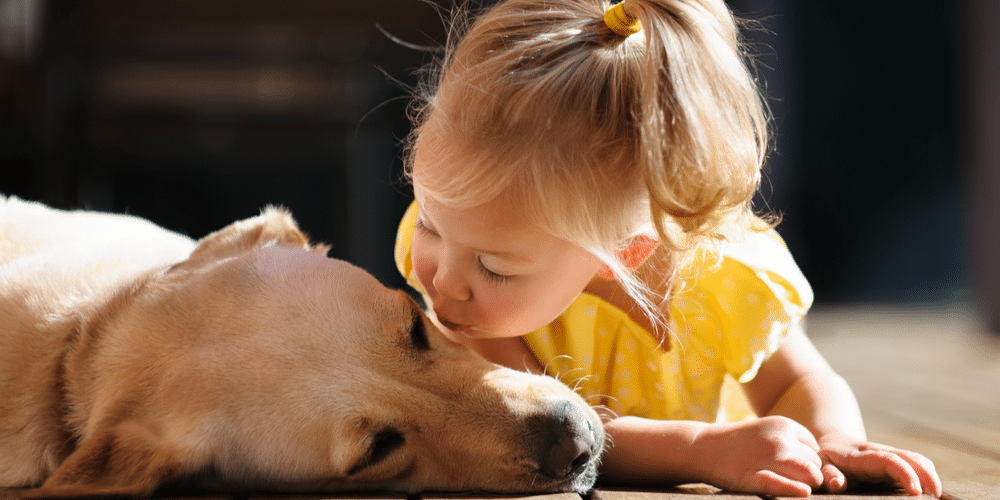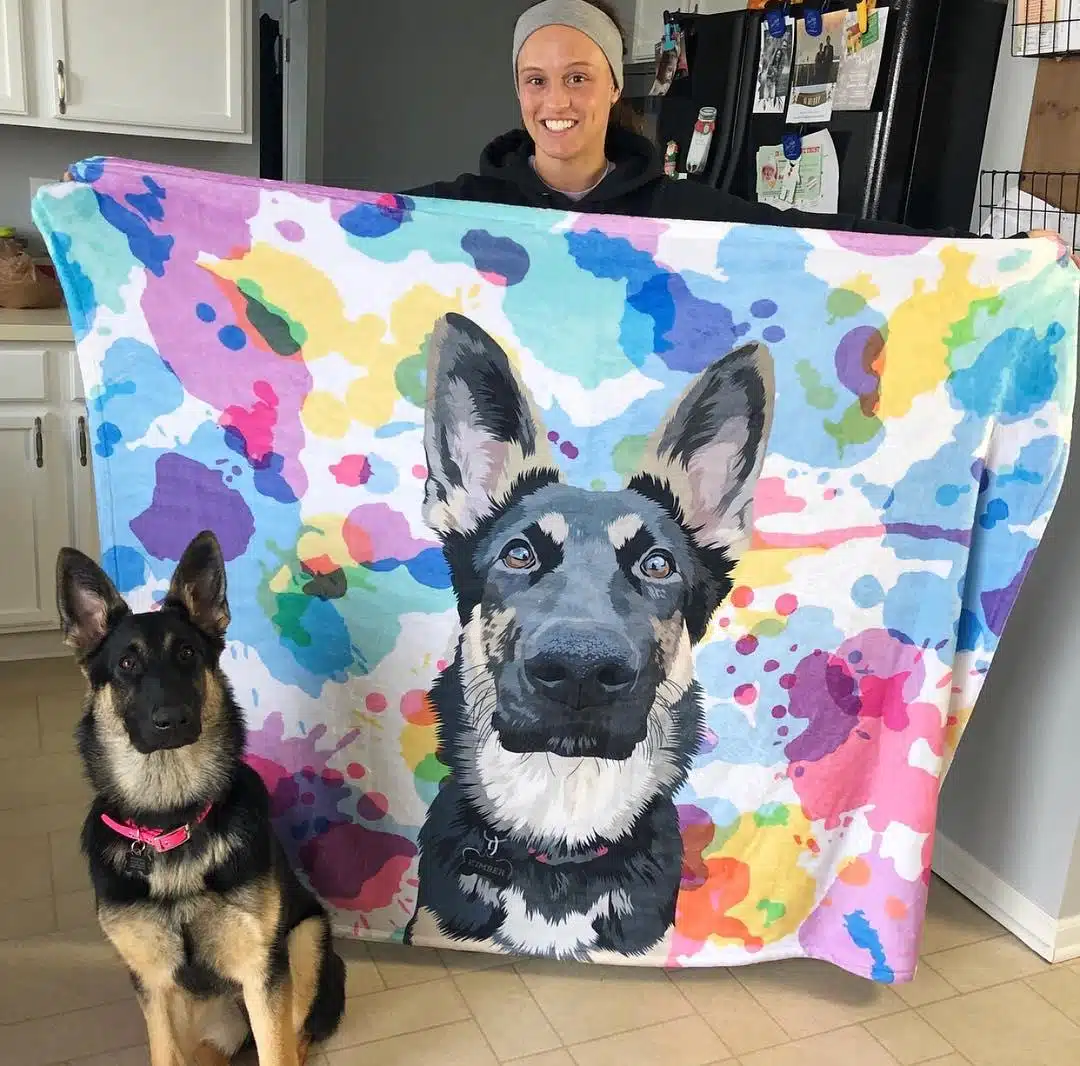We’ve Been There, Gazing At Our Pups, Telling Them How Absolutely Cute Their Faces Are.
Did you know that your fascination with their facial expressions might be one-sided at least in their little minds? We’re giving you the latest glimpse into research that will help explain your pup’s cognitive function!
About Face:
Recent studies have shown that a dog’s cognitive functions are not impressed by the faces you make at them. Surprising right? We’re learning more after the study in the Journal of Neuroscience dug deep into the sparks of your canine companion. Done via MRI scans of humans and dogs both watching the same videos, scientists in Hungary and Mexico discovered that while humans have a component of their brain that lights up with facial recognition, dogs, however, do not. According to the head researchers, “Faces are central to human visual communication … and human brains are also specialized for faces.” However, our furry best friends do not pay attention to our facial features rather than the emotions we exhibit from both our expressions and our body language.
Face Facts:
To really understand what this all means, the researchers recruited 30 humans and 20 dogs through a multi-month long training session. Researchers found that human’s visual areas of their brain excited far more than when shown the back of another human’s head. Human brain function was more active when they saw another human than that of a dog. WOW, totally didn’t see that one coming. While pups were being tested, it showed the opposite. In fact, their brain activity didn’t change when a human was in view, either front or back. However, when they saw that of their puppy peers, they were noticeably more excited.
When It All Makes Sense
According to the Associate Professor of Clinical Behavior at the University of Pennsylvania School of Veterinary Medicine, this is all not surprising. “From an evolutionary standpoint, the study’s results make sense”, said Dr. Carlo Siracusa. She continued, “They use other ways of communicating such as ear position — which can be seen from the front and from behind. The ear position will tell about the mood of the dog. We humans don’t move our ears.”
Dogs also have other ways of evaluating their human companions. While they can identify moods and physical cues, other known experiments have shown that dogs will be less likely to go to a person who has demonstrated selfish behavior.
The Simple Truth!
Love your pup and they’ll love you back. While they may not be able to recognize your eyes and ears and mouth and nose, they are able to give us a lot of love. Even if looking at their facial expressions brings you joy, know that you have one loyal best friend at home.















